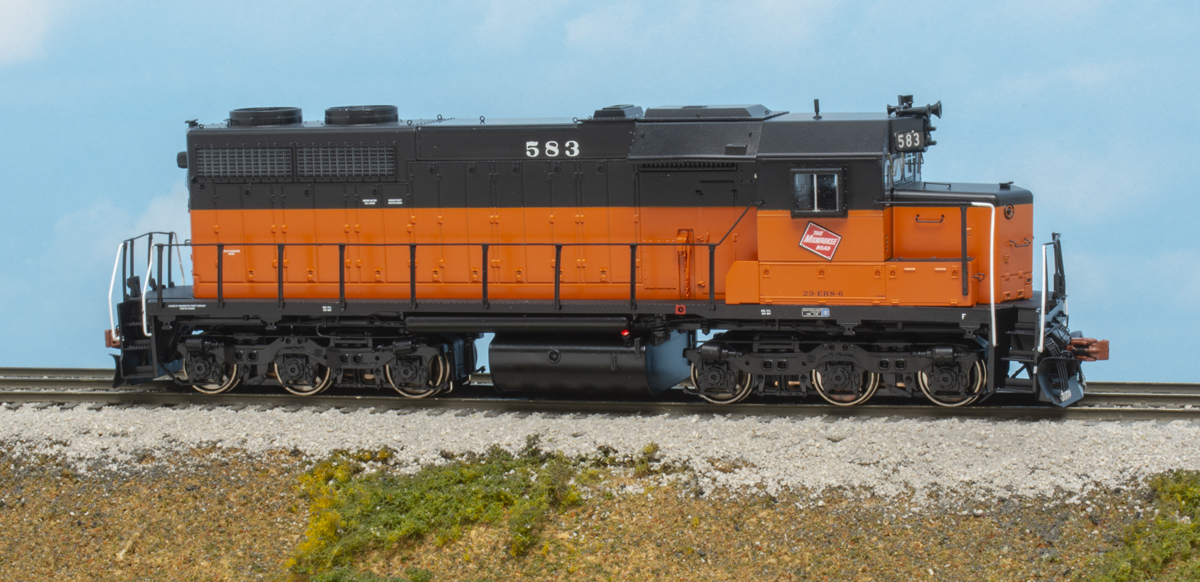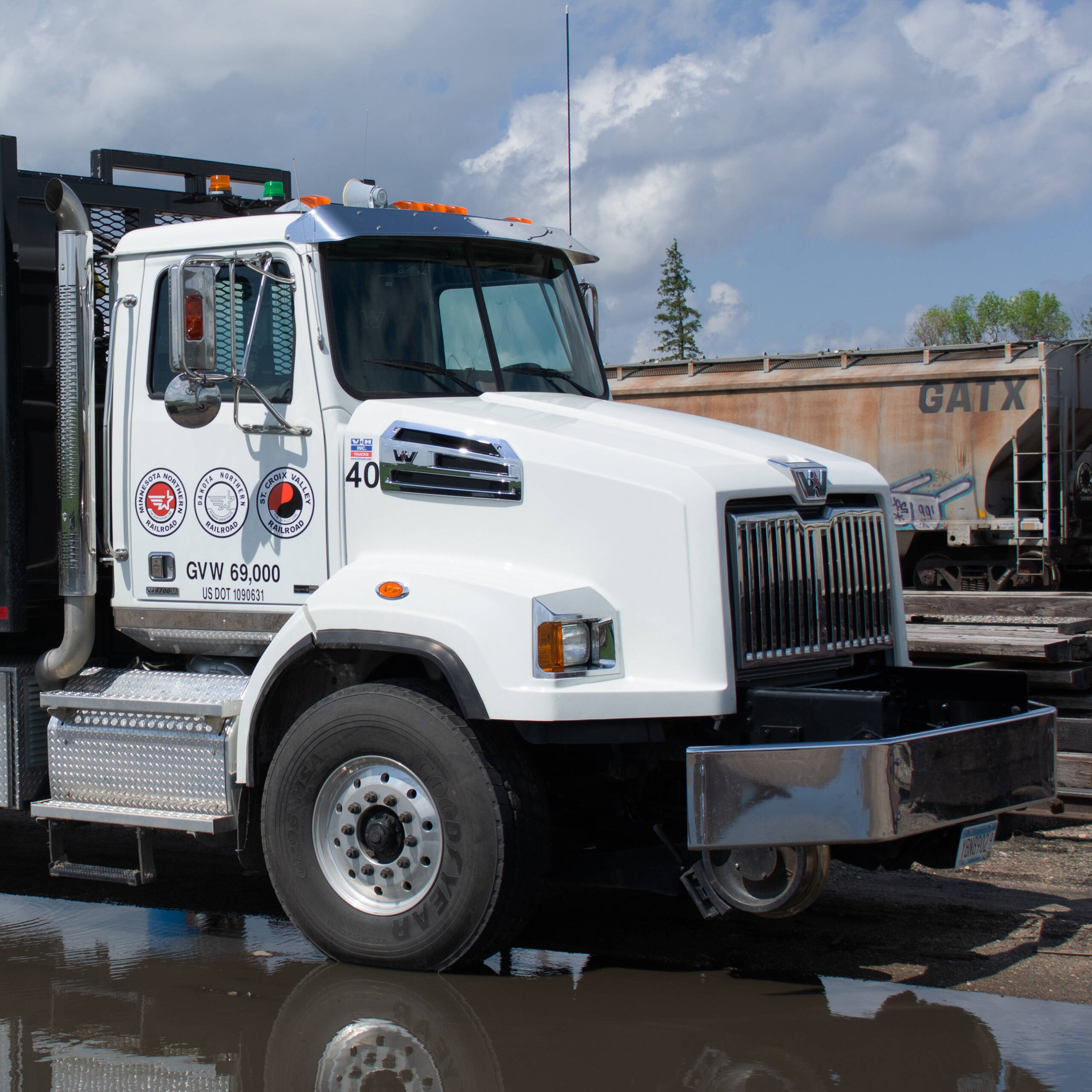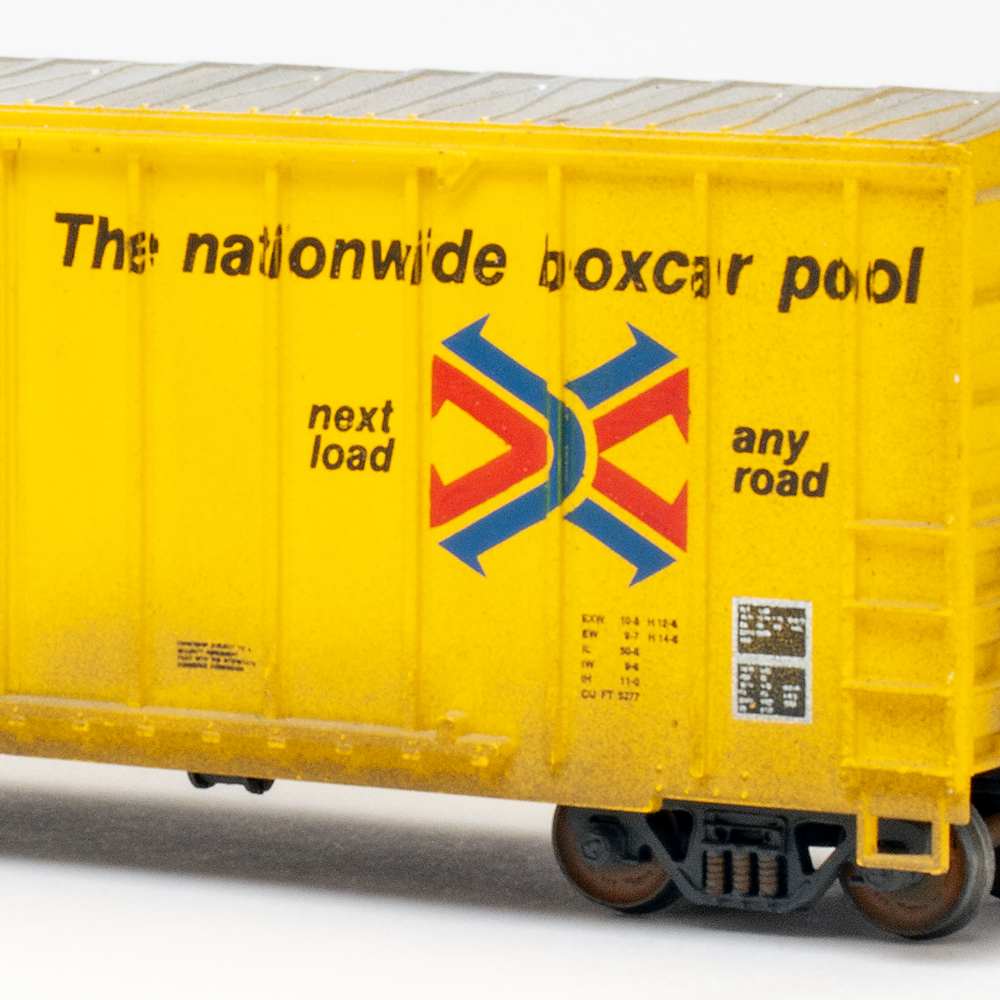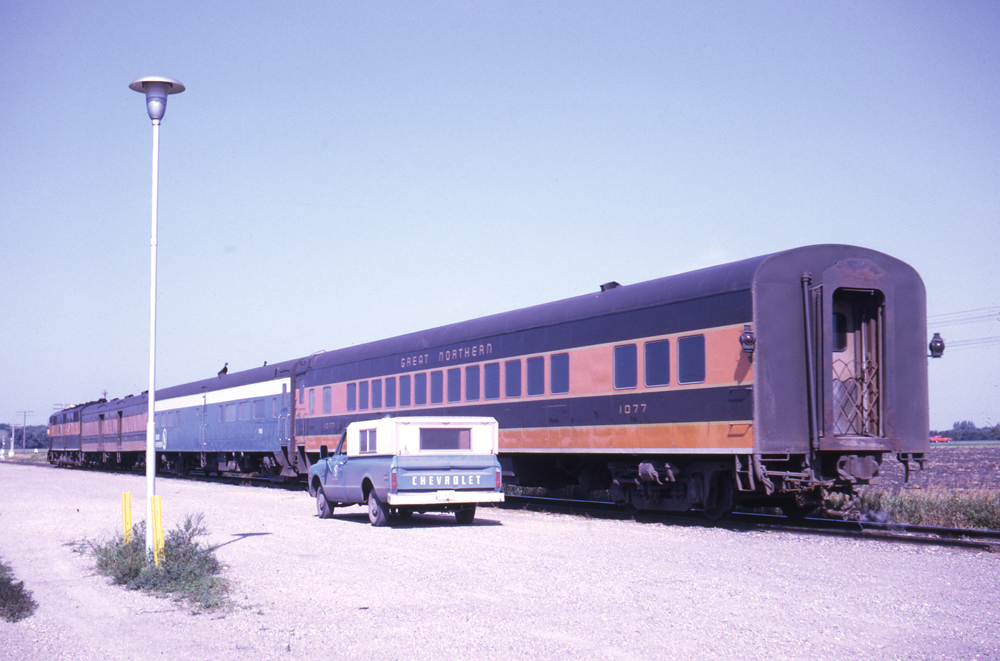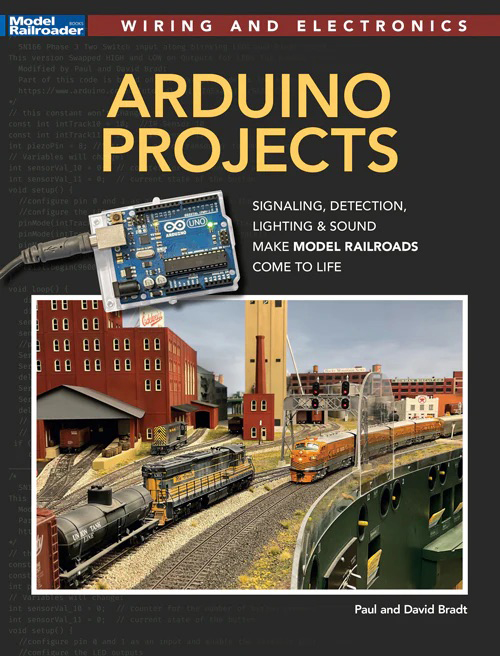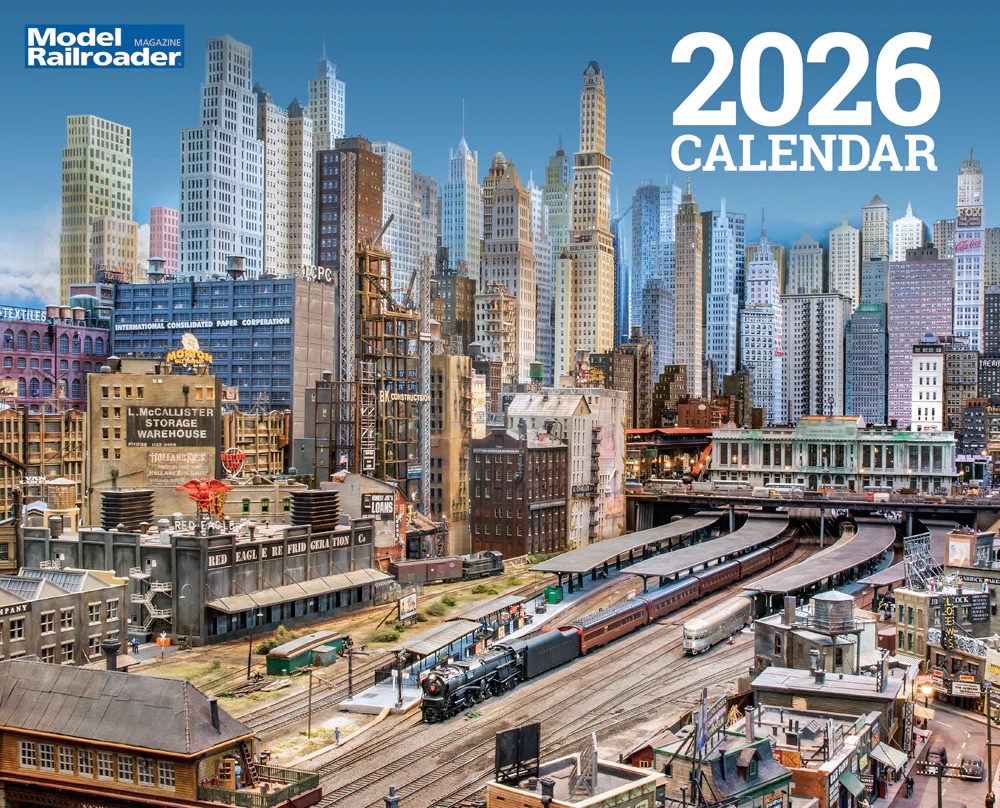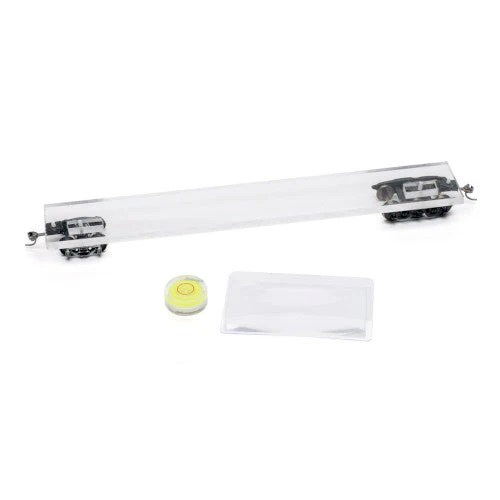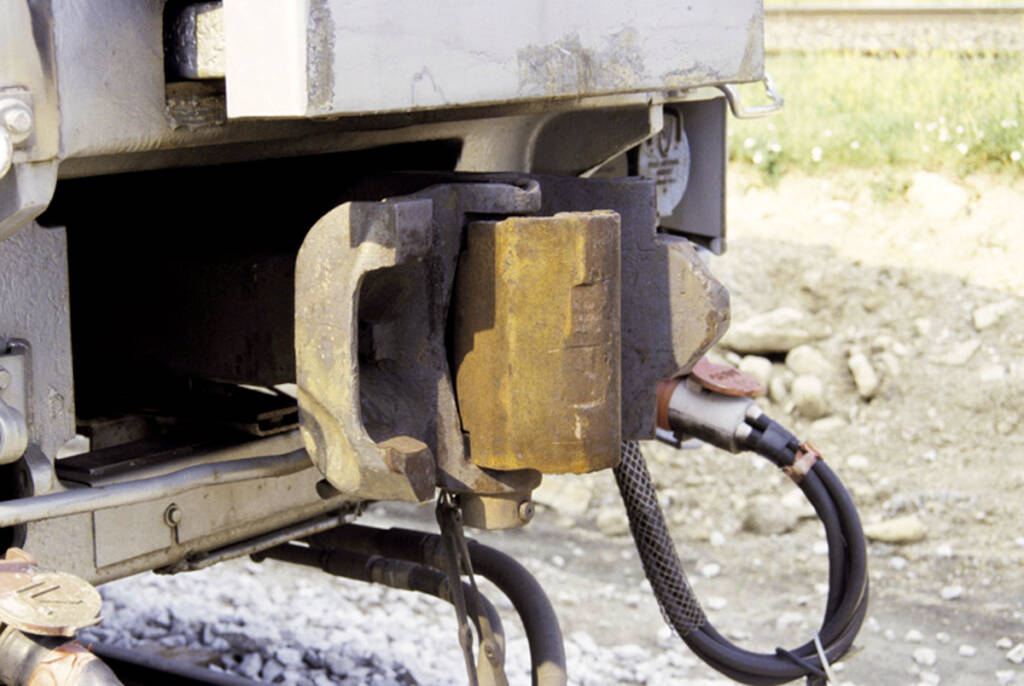
Q: How do Tightlock couplers work? — Thor Clemens
A: Longtime staff member Jim Hediger provided an explanation of the Type H, or Tightlock, coupler in a sidebar that appeared with his article “HO knuckle coupler guide” in the November 2007 Model Railroader. He wrote, “The need to reduce slack and improve passenger train safety led to the development of the Type H, or Tightlock, coupler. This coupler has interlocking wings on each side and machined mating surfaces that fit closely together to prevent vertical separation of the cars during a derailment.
It was introduced as an Association of American Railroads alternate standard in 1937, became standard in 1947, and has been mandatory on new passenger cars since 1956.”
In addition to Tightlock couplers, Jim covered Type E, Type F, double-shelf, and locomotive couplers in the sidebar that accompanied the article. The main story focused on HO knuckle couplers introduced since 2000. Jim wrote a second sidebar on couplers introduced before 2000.
Send us your questions
Have a question about model trains, full-size trains, or toy trains? Send it to AskTrains@Trains.com.






